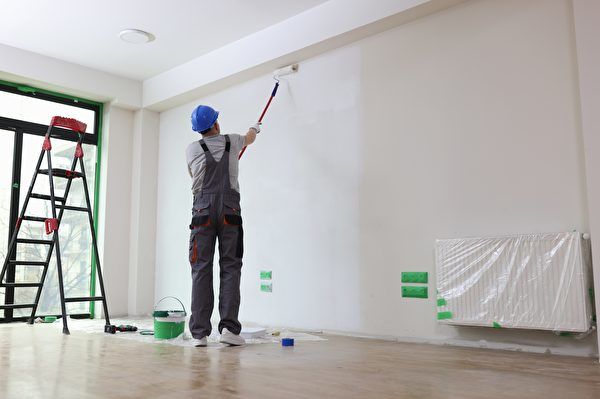Air pollutants not only pose a threat to human health but also leave stains on the surfaces of buildings. A group of chemists have invented a new type of paint that reacts with pollutants in the air, not only purifying the air but also providing a cleaning function for the paint itself.
Recent research published in the ACS Publications chemistry journal has showcased this technology. The researchers explained that under ultraviolet light, the paint they have invented undergoes a chemical reaction with air pollutants, producing non-polluting substances like water and carbon dioxide. Furthermore, they mentioned that this type of paint can be produced through recycling waste materials.
One of the researchers, Qaisar Maqbool, a chemist at Vienna University of Technology, told Scientific American, “One of our goals is to minimize the use of synthetic reagents. We produce this paint using materials like industrial waste titanium and organic matter like fallen leaves.”
Through a photocatalytic process, ultraviolet light excites electrons inside titanium dioxide nanoparticles, causing them to interact with water molecules in the air and generate highly reactive hydroxyl radicals. These substances are unstable and readily react with pollutants on the surface of the paint, transforming them into less harmful substances like carbon dioxide and water.
The researchers also introduced elements like phosphorus, nitrogen, and carbon into these nanoparticles to lower the energy required to trigger chemical reactions, allowing them to occur under natural light. The study reported that in laboratory conditions, these nanoparticles removed 96% of pollutants in contact with the paint surface.
Another researcher, Antonio Nieto-Márquez Ballesteros, a chemist at Technical University of Madrid, commented, “Laboratory-scale environments are very controlled, with strict control over conditions such as temperature, humidity, light intensity, and pollutant concentration, so achieving the same effectiveness in natural environments might be more challenging.”
Günther Rupprechter, a co-author of the research report from the University of Vienna, stated that this is a fundamental study that requires further research to confirm the effectiveness of clearing pollutants from the air. “We are not claiming to be able to eliminate all pollutants from the air, but overall, it looks very promising.”

